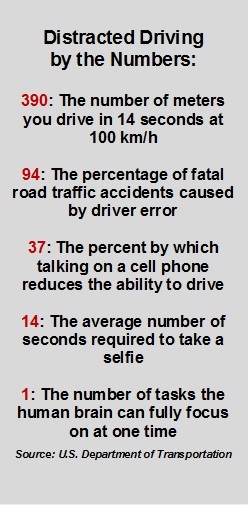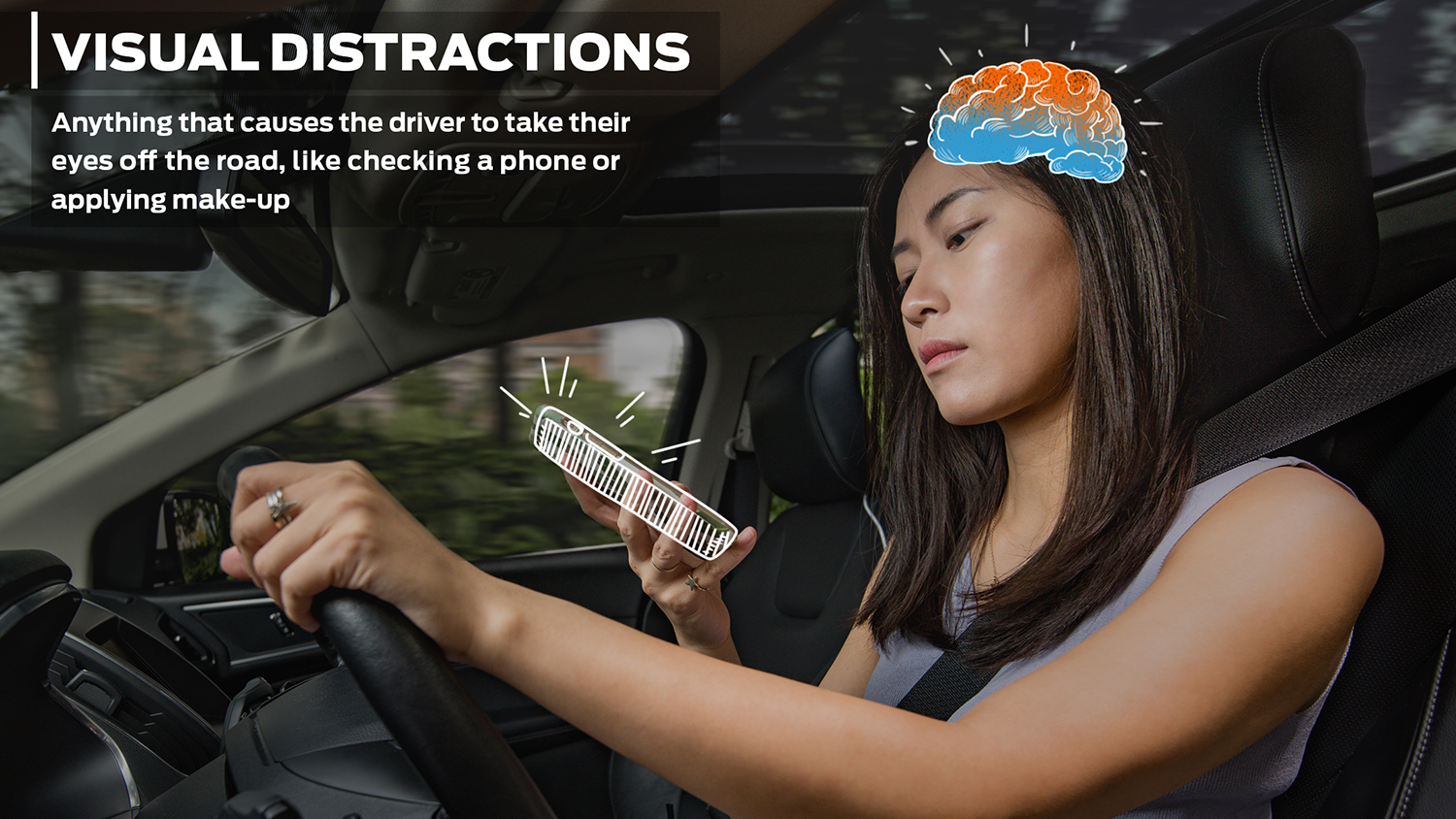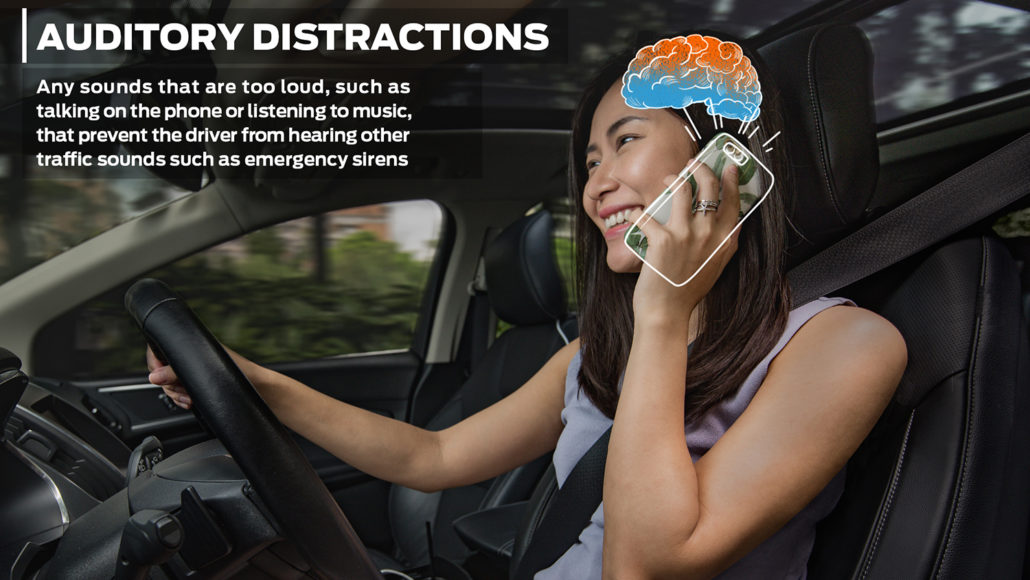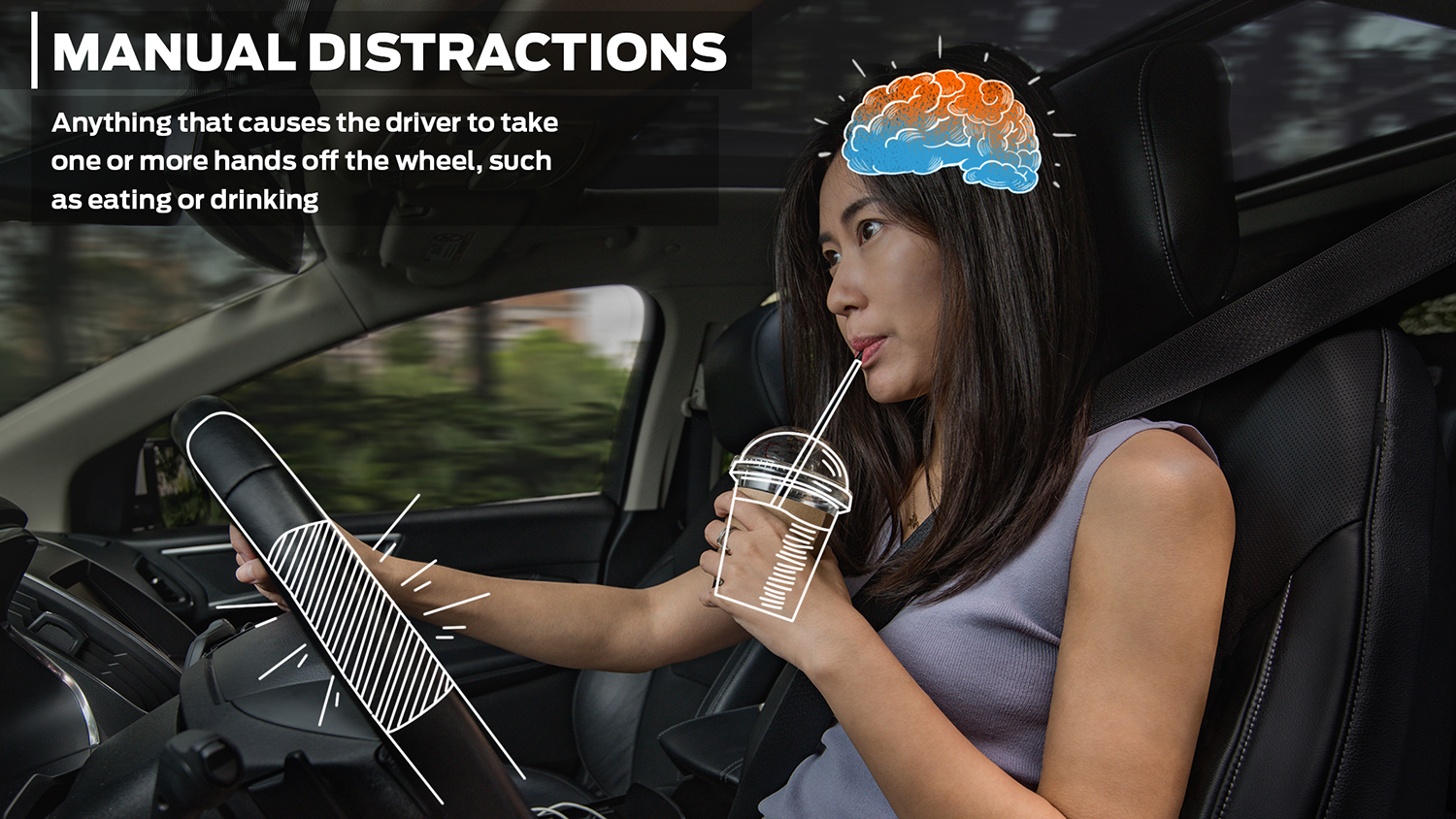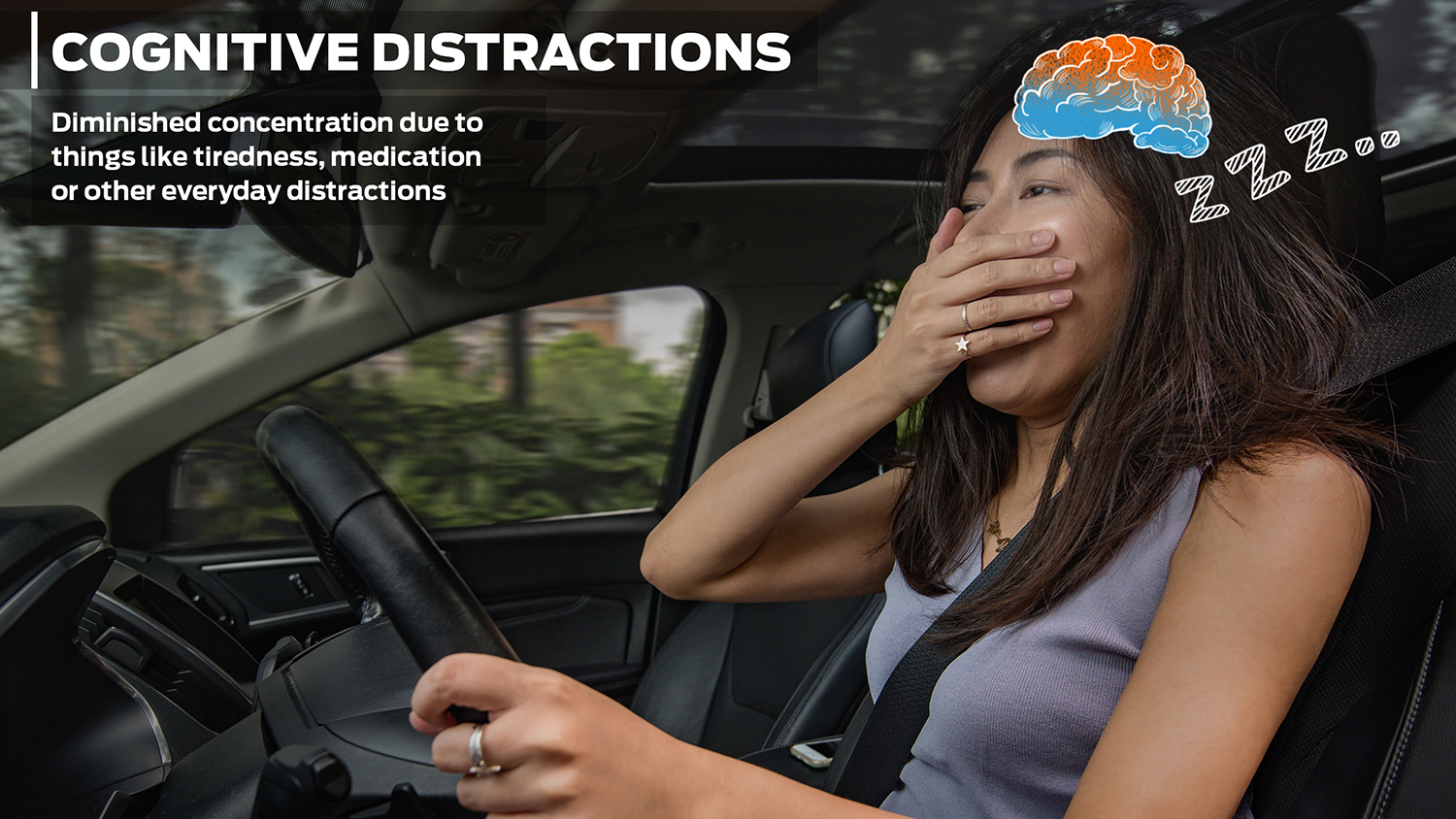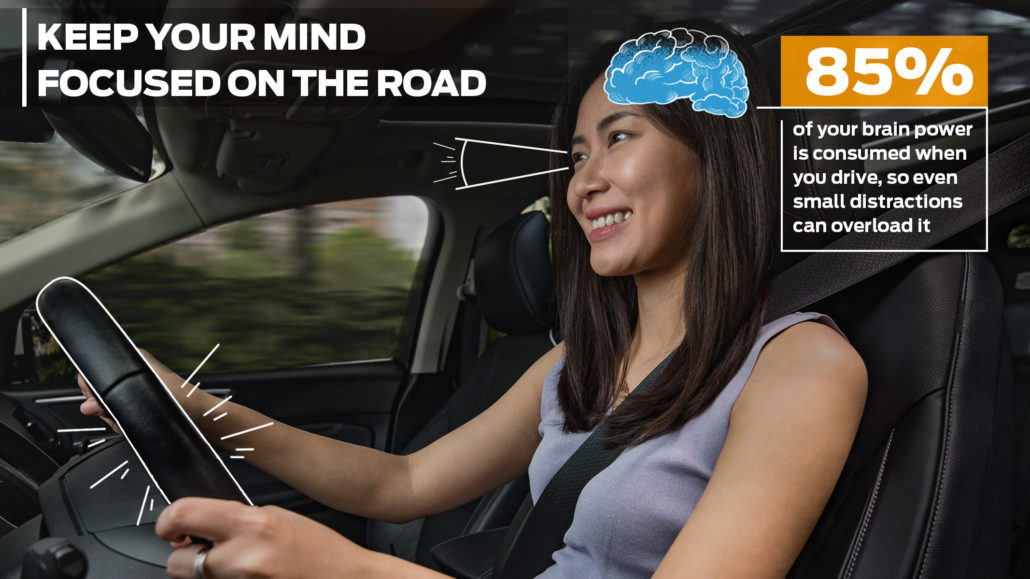Think You Can Text or Talk while Driving? Your Brain Probably Disagrees
April 28th, 2018 Shanghai – Most people think they can do two things at once but psychological research proves the brain is just not wired to multitask, especially when driving. When the brain is taxed with too many simultaneous actions, it actually performs each one slower. So, for example, while many people may think they can safely talk on the phone and still concentrate fully on the road, the science says otherwise.
When drivers become distracted or mentally-taxed it can have disastrous consequences. Every year, according to the World Health Organization, more than 1.25 million people die from road traffic collisions, and studies show that 94 percent of accidents are caused by driver error.
Experts have identified four major categories of driver distractions that can divert the brain’s attention from the road and often lead to serious accidents[1]:
- Visual – anything that causes the driver to take their eyes off the road, like checking a phone or applying make-up
- Auditory: any sounds that are too loud, such as talking on the phone or listening to music, that prevent the driver from hearing other traffic sounds such as emergency sirens
- Manual – anything that causes the driver to take one or more hands off the wheel, such as eating or drinking
- Cognitive – diminished concentration due to things like tiredness, medication or other everyday distractions
It takes a lot of brain power to drive
Different tasks do have a different effect on cognitive load, or the amount of brain power that’s needed. Lying on the beach requires very low levels of concentration. Driving, on the other hand, is a high cognition activity because the conditions change regularly and often at very short notice.
Matt Gerlach is a guy who would know. He’s one of Ford’s most advanced driving instructors in Asia Pacfic, and has spent the past 10 years training engineers to become expert drivers at Ford’s testing center in Australia.
œI’ve trained hundreds of drivers over the years, and based on my experience, I’d say that just normal road driving uses around 85 percent of your mental load. Just sending a text message, taking a photo or even just having a conversation with a passenger may not seem very difficult to do but it can overload the brain when someone’s driving – and that’s when accidents happen.
A recent survey conducted by Ford found that 22 percent of millennial females in Asia Pacific have either taken a photo or selfie while driving. This is concerning, given a car travelling at 100 km/h can travel 390 meters in 14 seconds, the average time required to take a selfie. It also found that 54 percent of drivers try to not use their phones while driving, but end up doing so anyway, and that 59 percent of drivers have used their phone in traffic or at a stoplight, even though this is illegal
As a highly skilled test driver, part of Gerlach’s job is to push vehicles to the limits of their capability, way beyond what the average driver will ever experience. To do this they also have to push the drivers he’s training to, and often past, the limit of their cognitive load.
œWhen you’re using 85 percent of your cognitive load to drive, your mind doesn’t have the capacity to do much else. It doesn’t matter who you are, whether you’re a professional or if you just drive once in a while – if you can begin to understand how much of your brain you’re using just to drive the car, it can help keep your cognitive load in check and make you a safer driver, adds Gerlach.
What can I do about it?
There are a number of ways all drivers can reduce their chances of driver error:
- Concentrate just on driving and avoid dangerous distractions when behind the wheel: both experts and the data are clear in their assessment that life threatening dangers to drivers, passengers and pedestrians increase significantly when those behind the wheel divert even a small amount of their focus from the road.
- Expand your field of vision: œgenerally people don’t look far enough ahead when they’re driving, says Gerlach. œThey tend to look at the car in front rather than scanning to see what’s happening further ahead. Even with relatively little practice, it’s possible to use your vision to scan a large distance of the road ahead of and beside you, while still seeing everything that’s going on immediately around you.
- Avoid driving while drowsy: it’s no secret that mental abilities diminish when fatigued or under the influence of even the mildest medications. Being fully awake and alert when behind the wheel greatly enhances response times.
This article is part of an ongoing series of multimedia content initiatives produced by Ford Motor Company to help educate motorists about the risks associated with distracted driving.
[1] Mobile Phone Use: a growing problem of driver distraction, Geneva, Switzerland, World Health Organization, 2011: http://www.who.int/violence_injury_prevention/publications/road_traffic/distracted_driving_en.pdf

